Under construction ....
WEARABLE CAMERA APPLICATIONS
-
Wearable Camera-based Activity Classification
 Robust detection of events and activities, such as falling, sitting and lying down, is a key to a reliable elderly activity monitoring system. While fast and precise detection of falls is critical in providing immediate medical attention, other activities like sitting and lying down can provide valuable information for early diagnosis of potential health problems. In this work, we present a fall detection and activity classification system using wearable cameras. Since the camera is worn by the subject, monitoring is not limited to confined areas. Furthermore, since the captured images are not of the subject, privacy concerns are alleviated. We present a fall detection algorithm employing histograms of edge orientations and strengths, and propose an optical flow-based method for activity classification.
Robust detection of events and activities, such as falling, sitting and lying down, is a key to a reliable elderly activity monitoring system. While fast and precise detection of falls is critical in providing immediate medical attention, other activities like sitting and lying down can provide valuable information for early diagnosis of potential health problems. In this work, we present a fall detection and activity classification system using wearable cameras. Since the camera is worn by the subject, monitoring is not limited to confined areas. Furthermore, since the captured images are not of the subject, privacy concerns are alleviated. We present a fall detection algorithm employing histograms of edge orientations and strengths, and propose an optical flow-based method for activity classification. -
Wearable Camera-based Fall Detection
 Robust and reliable detection of falls is crucial especially for elderly activity monitoring systems. In this work, we present a fall detection system using wearable devices, e.g., smartphones and tablets, equipped with cameras and accelerometers. Since the portable device is worn by the subject, monitoring is not limited to confined areas, and extends to wherever the subject may travel, as opposed to static sensors installed in certain rooms. Moreover, a camera provides an abundance of information, and experimental results and trials with actual smart phones show that fusing camera and accelerometer data not only increases the detection rate, but also decreases the number of false alarms during daily activities compared to only accelerometer-based or only camera-based methods.
Robust and reliable detection of falls is crucial especially for elderly activity monitoring systems. In this work, we present a fall detection system using wearable devices, e.g., smartphones and tablets, equipped with cameras and accelerometers. Since the portable device is worn by the subject, monitoring is not limited to confined areas, and extends to wherever the subject may travel, as opposed to static sensors installed in certain rooms. Moreover, a camera provides an abundance of information, and experimental results and trials with actual smart phones show that fusing camera and accelerometer data not only increases the detection rate, but also decreases the number of false alarms during daily activities compared to only accelerometer-based or only camera-based methods. -
Robust Footstep Counting and Traveled Distance Calculation by Mobile Phones
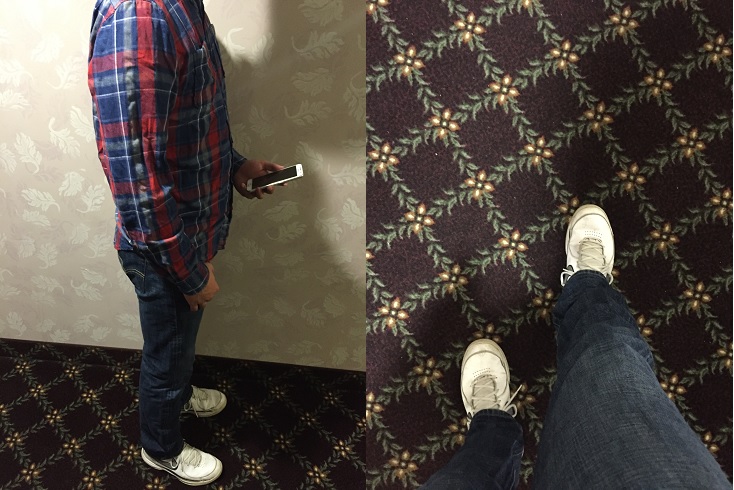 Most available approaches for step counting rely on accelerometer data, and thus are prone to over-counting. In addition, most existing devices calculate the traveled distance based on the counted number of steps and a preset stride length. We present a robust and autonomous method for counting steps and tracking and calculating stride length by using accelerometer, gravity sensor and camera data from smart phones. To provide higher precision, instead of using a preset step and/or stride length, the proposed method calculates the distance traveled with each step by using the camera data. If camera is tilted significantly, the angle data obtained from the gravity sensor is used to account for camera geometry and increase the precision of the calculated step length. Experiments have been performed with different subjects and the proposed method has been compared with accelerometer-based step counter apps. The results show that incorporating camera geometry increases the accuracy, and the proposed method provides the lowest average error rate in number of steps taken and the calculated traveled distance.
Most available approaches for step counting rely on accelerometer data, and thus are prone to over-counting. In addition, most existing devices calculate the traveled distance based on the counted number of steps and a preset stride length. We present a robust and autonomous method for counting steps and tracking and calculating stride length by using accelerometer, gravity sensor and camera data from smart phones. To provide higher precision, instead of using a preset step and/or stride length, the proposed method calculates the distance traveled with each step by using the camera data. If camera is tilted significantly, the angle data obtained from the gravity sensor is used to account for camera geometry and increase the precision of the calculated step length. Experiments have been performed with different subjects and the proposed method has been compared with accelerometer-based step counter apps. The results show that incorporating camera geometry increases the accuracy, and the proposed method provides the lowest average error rate in number of steps taken and the calculated traveled distance.
UNMANNED AERIAL AND GROUND VEHICLE APPLICATIONS
-
Autonomous Altitude Measurement and Landing Area Detection for Indoor UAV Applications
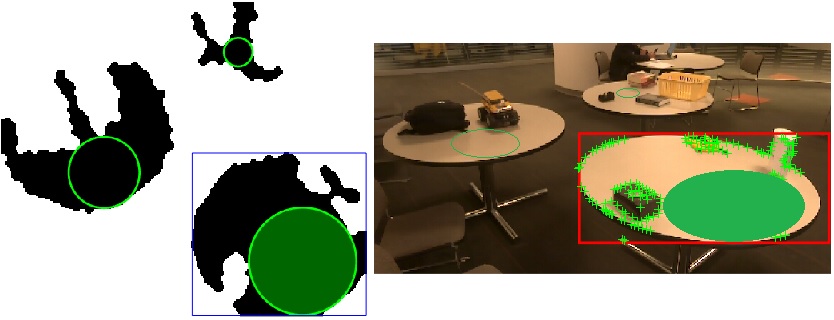
-
Doorway Detection for Autonomous Indoor Navigation of Unmanned Vehicles
-
Ligthweight Algorithm Design for Embedded Platforms
-
Cooperative Object Tracking and Composite Event Detection with Wireless Smart Camera Networks (WiSCaNs)
-
Power Comsumption Analysis and Increasing Batterylife of the Camera Nodes
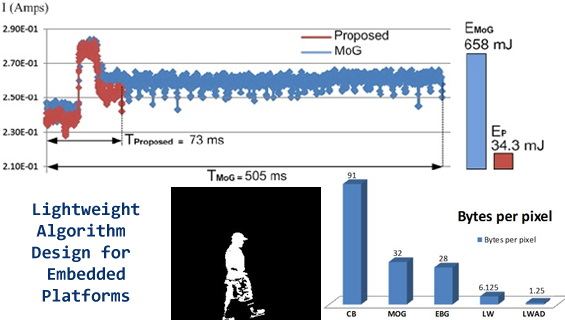 |
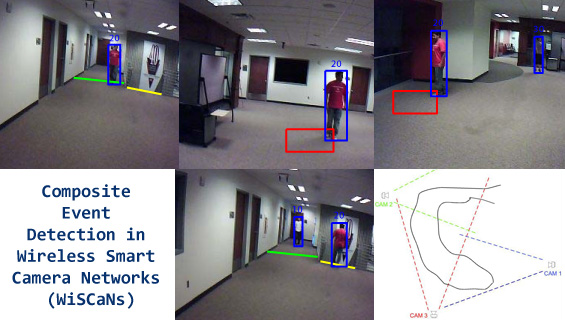 |
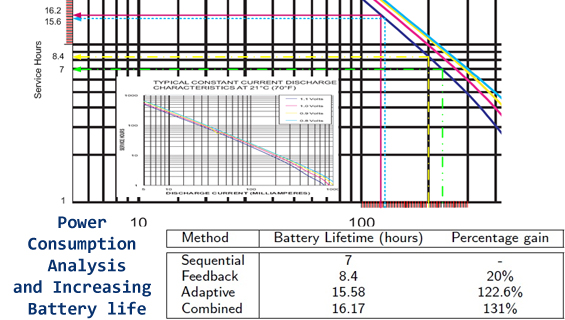 |
- Tracking across cameras with non-overlapping fields of view
- Detection of semantically high-level events defined across multiple camera views
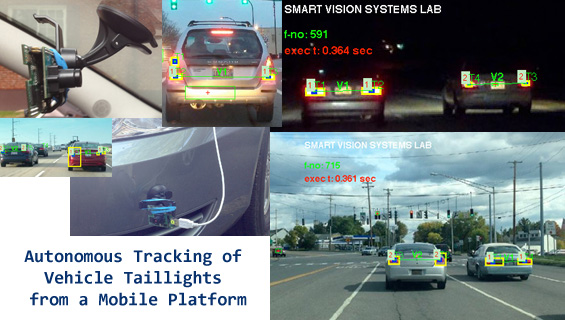 |
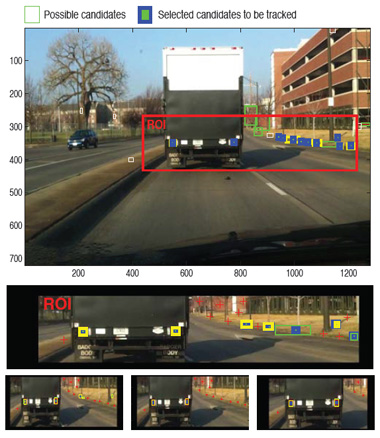 |
- Analysis of Energy Efficiency
- Multi-user systems
- Secure communication

